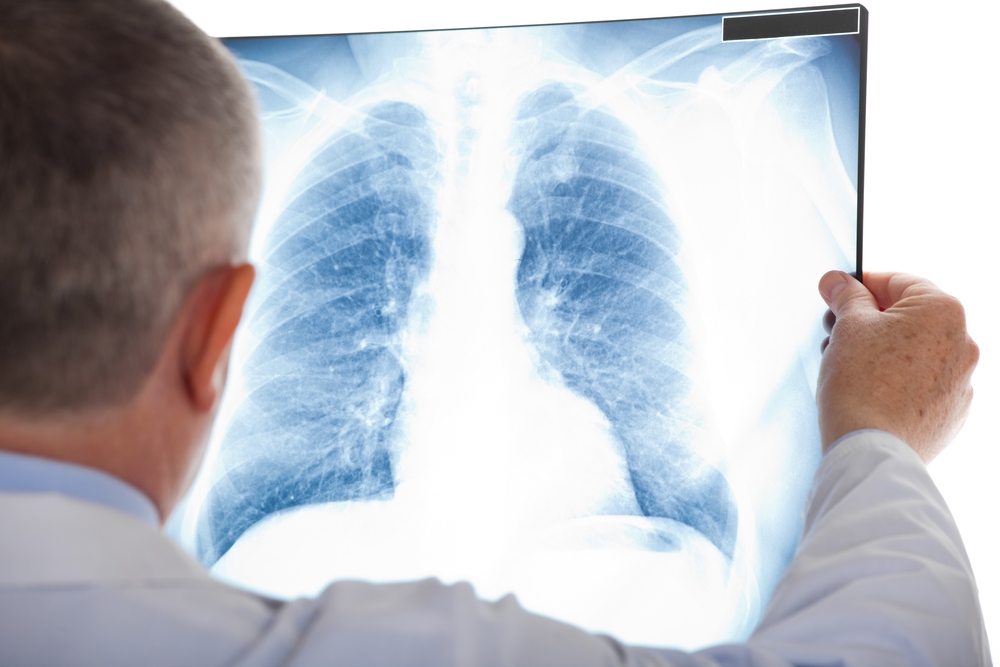10 Fascinating Facts About the Lungs
As the largest organ in the human body, it's worth spending a few minutes learning about our lungs. Discover 10 facts you might not know, which will surely help many in one way or another.

1. Did you know? The lungs are considered the largest organ in our body because the combined surface area of both lungs is approximately the size of a tennis court (!).
2. The lungs can hold about six liters of air, and with every breath we take, we introduce about 500 milliliters more. A particularly deep breath can bring in up to three and a half (!) liters of air. So how much is that in a whole day? No less than a million (!) liters of air inhaled by our lungs.
3. The breathing rate of an adult is between 12-20 breaths per minute, while for infants it can be up to 50 breaths per minute.
4. When we say 'the lungs inhale,' we refer to special membranes around the lungs that create air pressure in their cavity. When 'new' air arrives from outside, it is also pushed into the cavity, and the process of the lungs 'inflating' (breathing) is the responsibility of the diaphragm and rib muscles, which move about five million (!) times a year.

5. The oxygen absorbed by the lungs is captured by the molecule hemoglobin (located among the red blood cells), which helps transport oxygen to all tissues in the body. Without it, oxygen wouldn't dissolve well in the blood, nor be well absorbed by all the organs that need it.
6. Men's lungs are heavier than women's, weighing about 1050 grams, while in women, this weight is about 930 grams. It's worth noting that what makes them so heavy is 90% air (and only ten percent lung tissue).
7. The area responsible for breathing is located in the brainstem and functions as an 'autonomous' organ. This is why our breathing is mostly involuntary. Of course, we can exhale and inhale voluntarily, but it is limited to a certain extent.
8. As a person ages, their breaths become heavier and slower, and consequently, the air entering their lungs decreases to about three liters (half of what they inhaled in their youth).
9. The lungs contain what are called 'alveoli,' which have a special shape and secrete a protein-fatty substance called 'surfactant,' which is crucial in precise amounts. Surfactant is produced in our bodies even before birth, starting around the 24th week of pregnancy (with sufficient quantity completed by the 35th week). A lack of this substance (as in the case of preemies who were born before completing their necessary amount of it) can lead to breathing problems. When this happens, doctors treat the preemie by directly administering 'surfactant' to their lungs, improving their condition in about two days post-treatment.
10. The most significant improvement experienced by heavy smokers during their smoking cessation process is the ability to 'truly breathe.' This is because their lungs are cleared from smoke and other harmful substances, allowing about 20% more fresh and clean air to enter.

